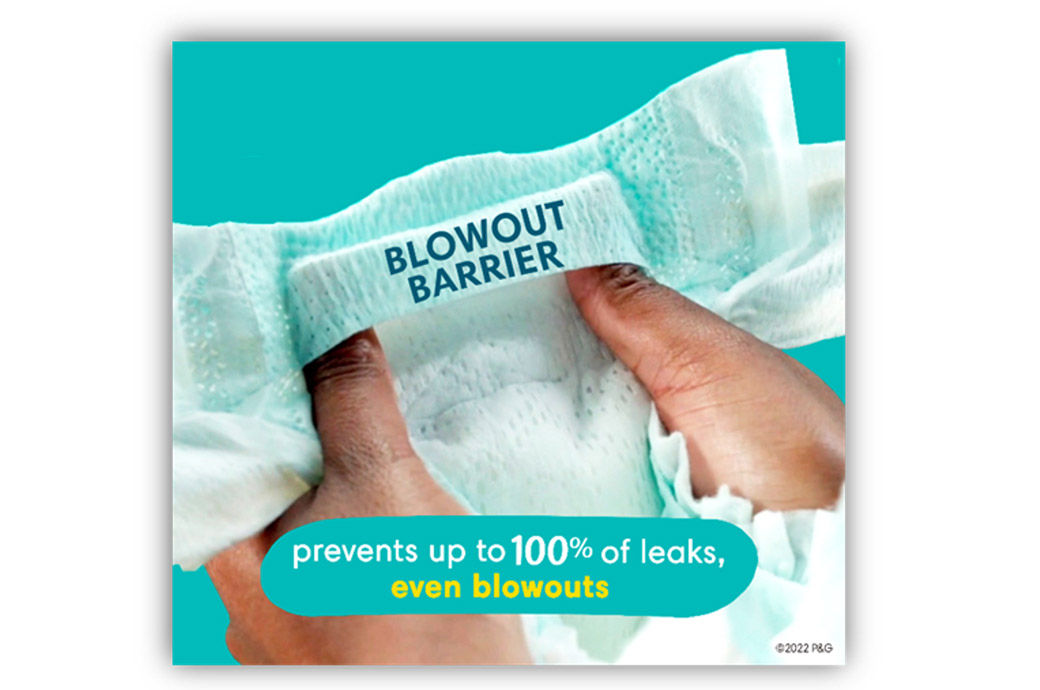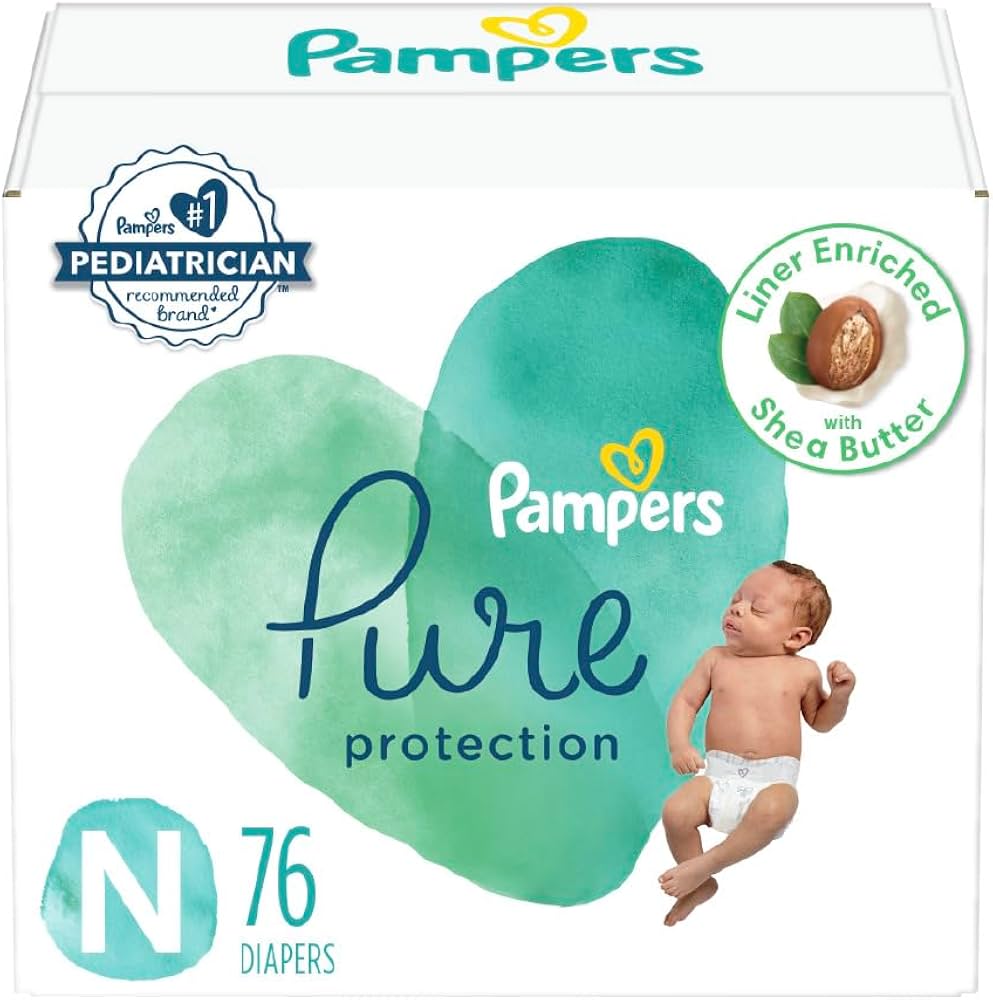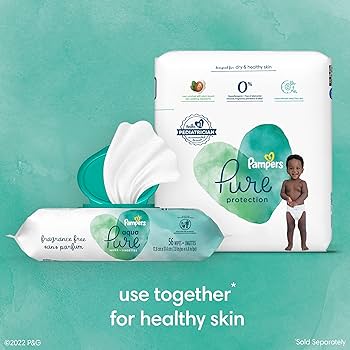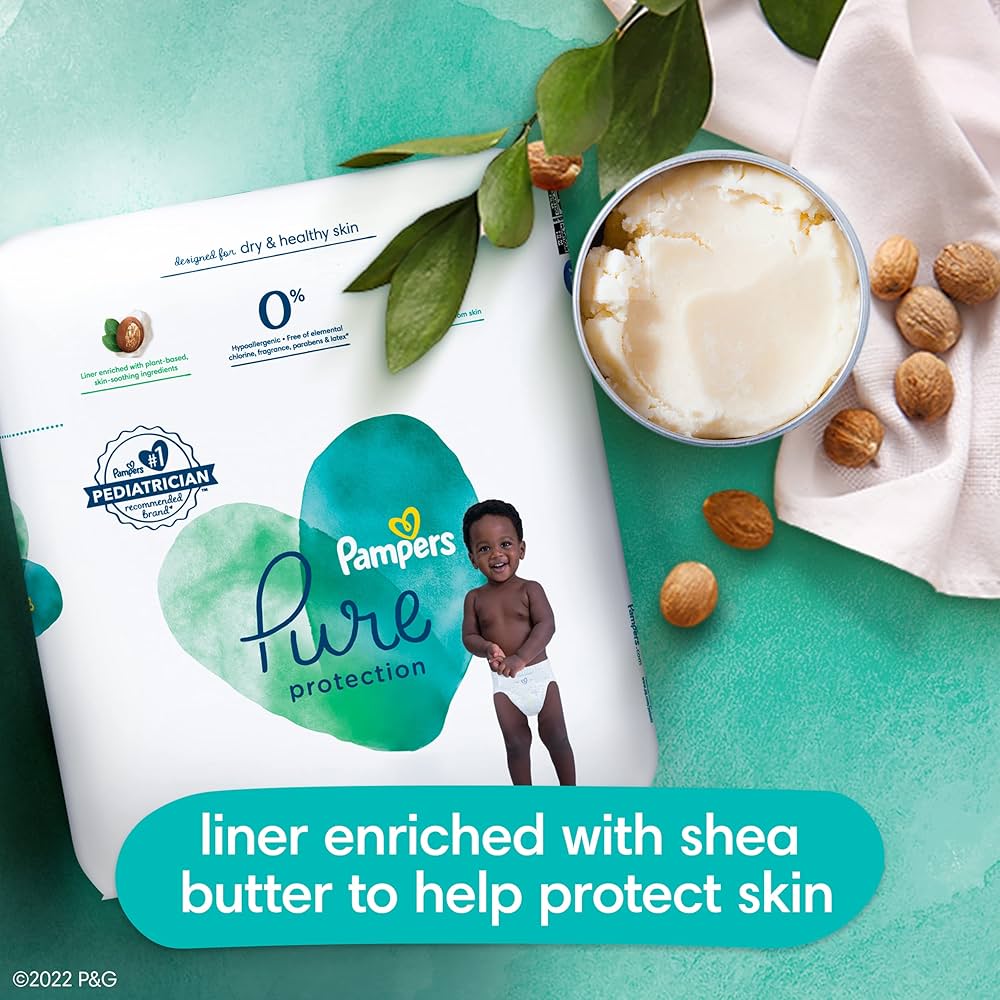The magnitude of the material consumption in diapers is impressive. Results shown in Fig. Environment - space The private company whose spacecraft on the moon tipped over is expected to cease operations after cutting mission short BY Marcia Dunn and The Associated Press. Use our pre-submission checklist Avoid common mistakes on your manuscript. Discover The Science. The Herbal Essences Ambition is to enable everyone to experience the positive power of nature and to support biodiversity for the benefit of people and the planet. Waste Manag Res — Franklin Associates, Ltd. Disposable diapers often incorporate polypropylene or polyethylene, both petroleum-based plastics, which release fossil CO2 when they are burned and offer no net sequestration of carbon if they are land-filled. Blog: Translational Ecology. Ultimately, the expanded tracking capability should benefit the development of material specific life cycle inventories. Environ Toxicol Chem —


Results for the US case are very similar see Fig. United States. Mirabella, N. DOC kb. William H. Download citation. What is scientifically accurate to communicate to disposable diaper users about living more sustainably? The Latest in Environment. More on this topic. The consistency of results was checked against three LCIA methods and the most meaningful endpoints were identified with normalized consumption habits.
Some Of Our Steps
The 2,page report comes after five straight months when the globe set monthly and daily heat records. Contributions to the relevant midpoint categories for the and diapers in a the USA with 4, diapers and b Western Europe with 3, diapers. Results for the Western European case are very similar see Fig. Ecoinvent Report No. Almost all human activities, with the many processes and products involved, have some environmental impact. Northeastern cities are seeing more extreme heat, flooding and poor air quality , as well as risks to infrastructure, while drought and floods exacerbated by climate change threaten farming and ecosystems in rural areas. Herbal Essences is also leveraging its voice to promote the launch of packaging designed to help the visually impaired and beach plastic bottles in its largest market, the US. Conclusions The new Pampers® diapers sold in the USA and Europe have a reduced environmental footprint versus the previous versions The Pampers Ambition is to give millions of babies the opportunity for happy healthy development, collaborating with healthcare professionals, parents and NGOs. Methodology Report. Additionally, for almost all indicators, the case has lower scores than the baseline case. An updated lifecycle assessment study for disposable and reusable nappies.
National Climate Assessment: U.S. is warming 60% faster than the world as a whole | Fortune
- Used diaper disposal into municipal solid waste sanitary landfills and incinerators are considered.
- Disposable diapers often incorporate polypropylene or polyethylene, both petroleum-based plastics, climate pamper us, which release fossil CO2 when they are burned and offer no net sequestration of carbon if they are land-filled.
- Nylander G Disposable diapers—cloth diapers: a comparison.
Some disposable diapers are produced with biopolymers of plant origin, which may offer long-term net carbon sequestration from the atmosphere if they are land-filled. Photo by Niklas Morberg. Whether they are used on the very young or the very old, disposable diapers must be regarded as one of the most convenient products of modern society. Question is: what type of impact do these products have on the environment? Conventional reusable diapers are most often made from cotton, which has large impacts in terms of the water use, pesticides, and carbon dioxide emissions. Washing these diapers adds a significant increment to sewage treatment. Disposable diapers often incorporate polypropylene or polyethylene, both petroleum-based plastics, which release fossil CO2 when they are burned and offer no net sequestration of carbon if they are land-filled. A raw material, itaconic acid derived from the fermentation of plant materials, is polymerized to produce fabric. The magnitude of the material consumption in diapers is impressive. Assuming that the typical infant uses more than 4 diapers each day, each weighing 33 grams when dry , then this infant is responsible for about kilograms about lbs of disposable diapers in its first 2. In the European Union, each conventional disposable diaper is estimated to release 89 grams of CO2 from the production of raw materials; glueless models can reduce that impact by about 10 percent. Manufacturing, packaging, and shipment are relative small sources of energy use, but significant emissions are also associated with the disposal of diapers after use. Multiplied by the number of infant children involved, the CO2 emissions add up quickly—estimated at 2. For comparison, total CO2 emissions in the U. Thus reducing the use of disposal diapers would have a rather small effect on our national inventory of greenhouse gas emissions. Alternatively, polymers derived from plants could reduce these emissions to near zero, and provide some net carbon sequestration from the atmosphere. Mendoza, J. Popa, F. Gualtieri and A. Improving resource efficiency and environmental impacts through novel design and manufacturing of disposable baby diapers.
We want our brands to be climate pamper us and creating value while having a measurable, long-term, positive impact on society and the environment. The Herbal Essences Ambition is to enable everyone to experience the positive power of nature and to support biodiversity for the benefit of people and the planet. Beyond this, climate pamper us, Herbal Essences is leading the way in sharing comprehensive information about its ingredientstransparently explaining their 4-step safety process and being recognized by PETA as a cruelty free brand. Herbal Essences bio:renew is the first global hair care brand to have its botanicals endorsed by the Royal Botanic Gardens, Kewclimate pamper us, a world leading authority on plants. Herbal Essences is also leveraging its voice to promote the launch of packaging designed to help the visually impaired and beach plastic bottles in its largest market, the US.



Climate pamper us. LCA-measured environmental improvements in Pampers® diapers
All wood pulp in our diapers is third party certified by a globally recognized certification system. Pampers diaper packaging is designed to be recyclable where facilities exists. Read about our steps and commitments for a less wasteful world with our lighter diapers and learnings from waste pilots worldwide. Skip to home Skip to main content Skip to search. Some Of Our Steps from materials to manufacturing, climate pamper us. Regrown trees logo One tree is regrown for every tree we use. Certified diapers logo All wood pulp in our diapers is third party certified by a globally recognized certification system. Recycled diapers packaging logo Pampers diaper packaging is designed to be recyclable where climate pamper us exists. Start Exploring. Discover The Science. Discover More. Reducing Our Carbon Footprint Find out how we are taking steps to lower our carbon footprint. Re-thinking Materials And Waste Read about our steps and commitments for a less wasteful world with our lighter diapers and learnings from waste pilots worldwide, climate pamper us.
Receive P&G News
The aim of this study was to investigate the factors that influence the sustainability of disposable baby diapers nappies using life cycle assessments LCAs. Size 4 Pampers® Cruisers North American name and ActiveFit European name from are compared to new versions made in to determine if the design and materials changes intended to improve performance also lead to reductions in the most relevant environmental indicators. SimaPro 7 is used to model the LCA.
Five years ago, when the last assessment was issued, fewer people were experiencing climate change firsthand. By cleaning up industry, climate pamper us, how electricity is made and how transport climate pamper us powered, climate change can be dramatically reduced. Assuming that the typical infant uses more than 4 diapers each day, each weighing 33 grams when drythen this infant is responsible for about kilograms about lbs of disposable diapers in its first 2.


THIS Is the Safest Place to Live in the US as the Climate Changes
0 thoughts on “Climate pamper us”